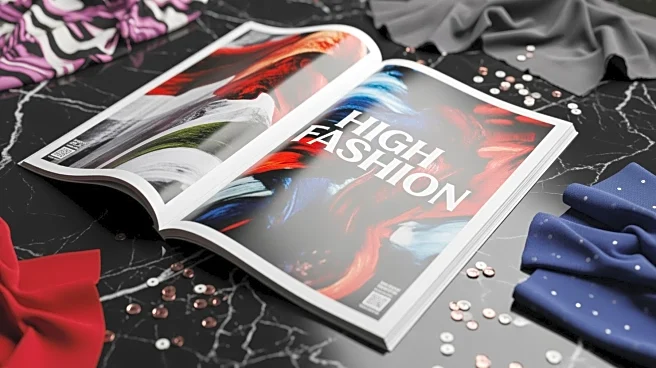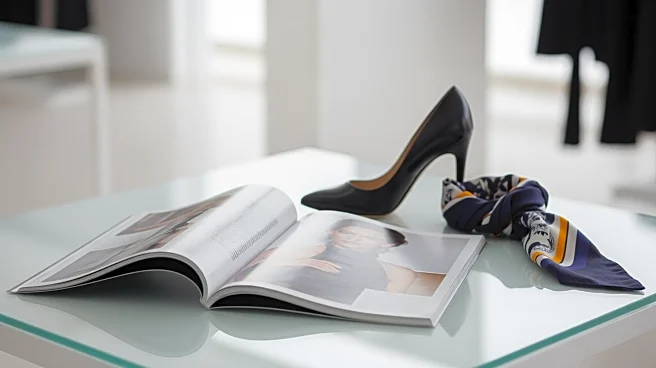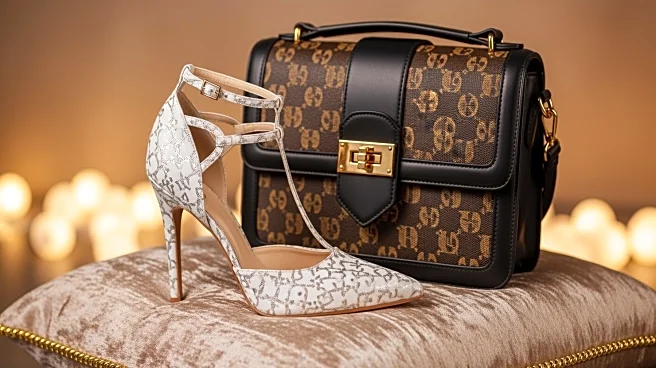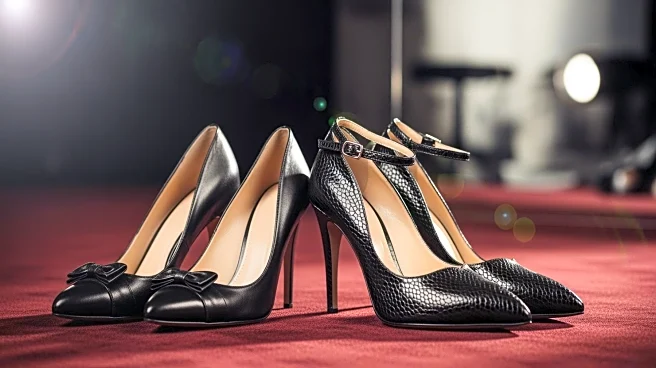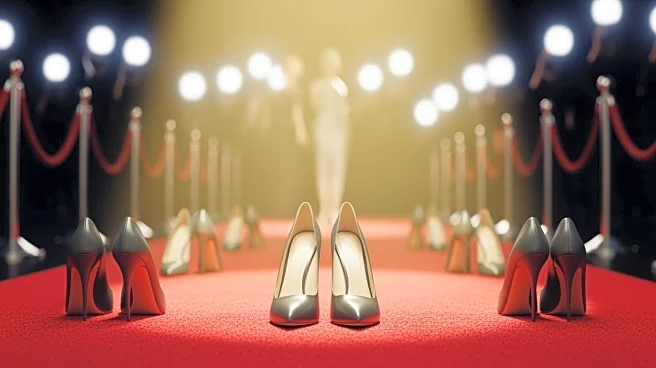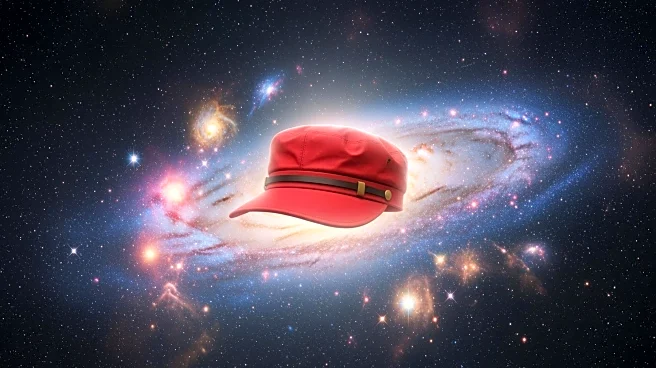What's Happening?
A teaser for 'The Devil Wears Prada 2' has been released, featuring Meryl Streep and Anne Hathaway reprising their roles as Miranda Priestly and Andy Sachs. The sequel, set to premiere on May 1, 2026,
revisits the competitive world of fashion magazines. The film explores the challenges faced by the characters as they navigate the decline of print media and compete against rivals. Emily Blunt returns as Emily Charlton, Miranda's former assistant, adding tension to the storyline. Stanley Tucci also reprises his role as Nigel, Miranda's confidant. Directed by David Frankel, the film promises to deliver the same fashion-forward drama as its predecessor.
Why It's Important?
The sequel to 'The Devil Wears Prada' is significant for its potential impact on the film industry and fashion culture. The original film was a cultural phenomenon, influencing fashion trends and perceptions of the industry. The sequel's focus on the decline of print media reflects real-world challenges faced by the industry, making it relevant to current discussions on media consumption. The return of iconic characters and actors may attract a wide audience, boosting box office sales and influencing future film projects. The film's portrayal of fashion industry dynamics could also inspire discussions on media ethics and representation.
What's Next?
As the film's release date approaches, promotional activities are expected to increase, including interviews and media appearances by the cast. The film's premiere may spark renewed interest in fashion-themed films and discussions on the industry's evolution. Stakeholders in fashion and media may use the film's popularity for marketing and collaborations. The success of the sequel could lead to further adaptations of fashion-related stories, influencing trends in both industries.
Beyond the Headlines
The film's exploration of the fashion industry's challenges may prompt discussions on sustainability and ethical practices. The narrative could highlight the tension between personal identity and societal expectations, resonating with audiences facing similar dilemmas. The portrayal of media dynamics may also raise questions about representation and authenticity in the industry.
